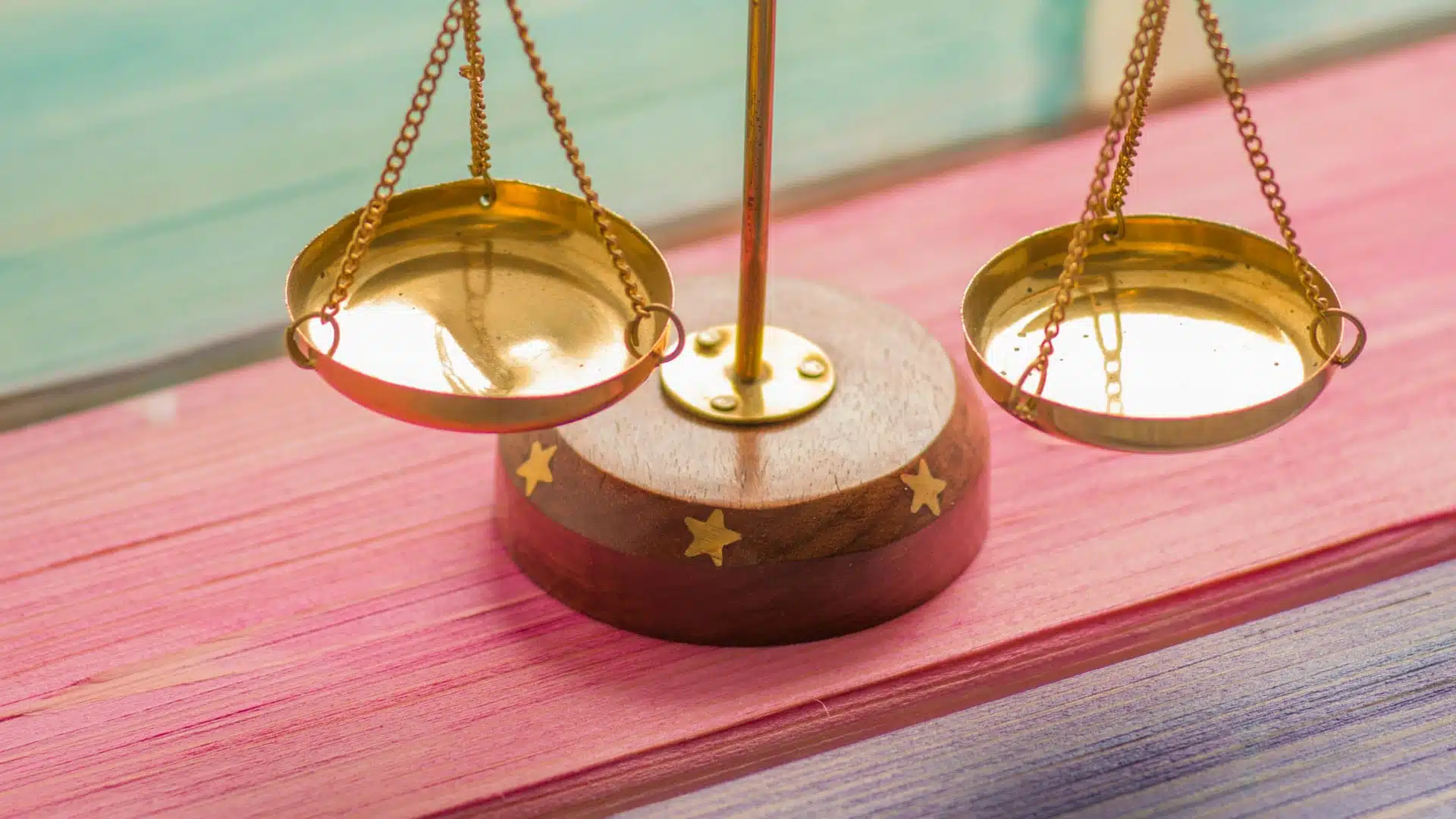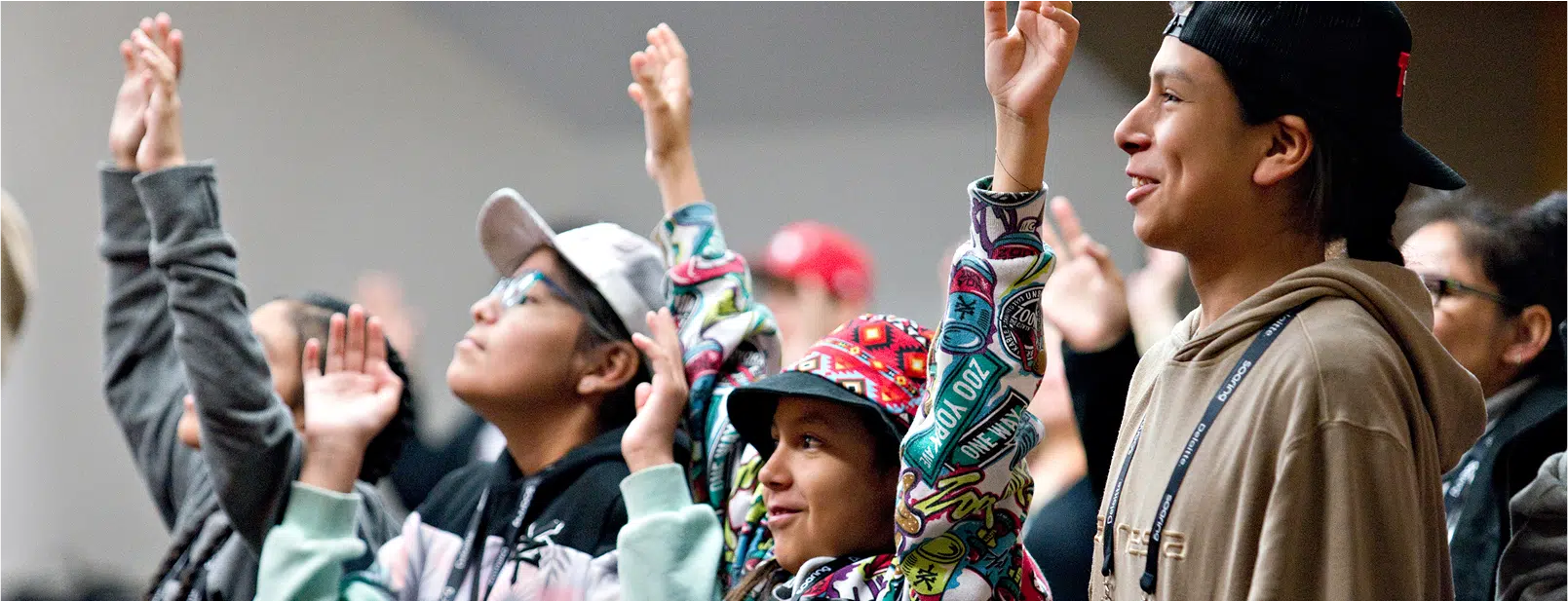The pursuit of a balanced life often feels like a juggling act. Striking the right balance between work, personal life, relationships, health, and self-development can feel overwhelming. But achieving balance isn’t a one-size-fits-all solution. It’s a dynamic process that requires self-awareness and understanding our unique needs and wants. Let’s explore the art of achieving balance, its ever-changing nature, and the role of self-awareness in this quest.
The Uniqueness of Balance
Everyone’s version of balance is unique. For some, balance might mean allocating equal hours between work and personal life. For others, it could mean dedicating certain days for work and certain days for leisure. Yet for some, it might mean integrating work and personal life in a way that they complement rather than compete with each other.
The factors that energize or drain us are equally diverse. Activities that seem draining to some, like attending social events or engaging in debates, could be invigorating to others. This is where the importance of understanding our unique rhythm comes in. It’s about identifying what gives us joy, drives our passion, fuels our energy – and what saps it.
Self-Awareness: Your Compass in the Quest for Balance
Self-awareness is a powerful tool to help us understand our patterns, habits, and preferences. It helps us identify the things that we love, the things we tolerate, and the things that we dislike but still continue to do. By developing self-awareness, we can start to craft a life that aligns more closely with our truest selves.
Consider asking yourself: are there activities in your routine that you don’t actually enjoy? Are there parts of your day you look forward to? When do you feel most energized? When do you feel drained or stressed? The answers to these questions can help identify patterns and guide adjustments to your routine.
The Changing Nature of Balance
Another important aspect to understand is that balance is not a static state but a dynamic process. Just as seasons change, the demands and priorities of our lives also change over time. A balanced routine for a college student may look drastically different for a working professional or a retired person.
Regularly reassess your needs, priorities, and energy levels. What worked for you in the past may not serve you in the present. Be open to redefining what balance means to you at different stages of your life.
Crafting a Balanced Life
Start by identifying your values, needs, and priorities. Create boundaries that respect your time and energy. Be selective in your commitments – it’s okay to say no to requests or opportunities that don’t align with your current priorities or values.
Build a routine that incorporates activities you love and that energizes you. Prioritize self-care and relaxation. And don’t forget to leave some room for spontaneity and flexibility. Rigidity can lead to stress and burnout, while flexibility allows you to adapt to changes and surprises that life inevitably brings.
In conclusion, achieving balance is a personal and evolving journey. It’s about creating a life that not only looks good on the outside but also feels right on the inside. Remember, the goal is not to create a perfect balance but a harmonious one that allows you to thrive and live authentically. Trust your intuition, listen to your body, and don’t be afraid to make changes as needed. Your balance is just that—yours. Craft it in a way that serves you best.


